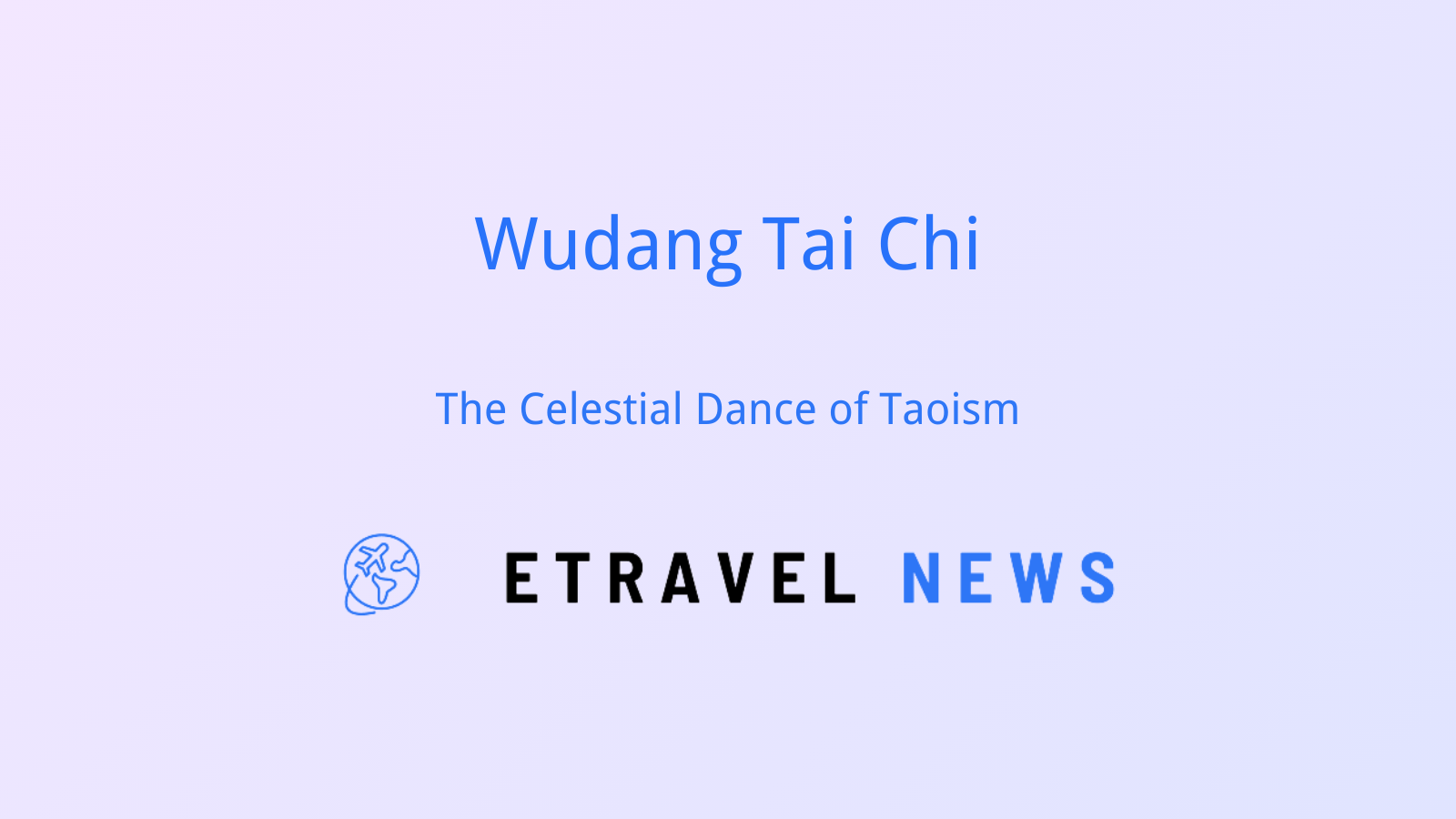Introduction to North China North China, a region steeped in history and brimming with cultural significance, encompasses a vast area of the country’s northern territories. Stretching from the Great Wall in the north to the Yellow River in the south, this region has been the cradle of Chinese civilization for millennia. Major cities in North China include: Beijing: The capital and cultural heart of China Tianjin: A major port city and industrial center Shenyang: The largest city in Northeast China Xi’an: Ancient capital and home to the Terracotta Army These urban centers showcase a blend of ancient heritage and modern…
-
-
Introduction to Chinese Painting Chinese painting, with its history spanning over 2,000 years, stands as a testament to China’s rich cultural heritage. This art form is characterized by its unique blend of poetry, calligraphy, and visual artistry, setting it apart from Western painting traditions. At its core, Chinese painting seeks to capture the essence or spirit of the subject rather than create a photorealistic representation. This philosophy has profoundly influenced East Asian art, shaping artistic traditions in countries like Japan and Korea. The evolution of Chinese painting mirrors the country’s dynastic history, with each era contributing distinct styles and innovations.…
-
Introduction to Chinese Palaces Chinese palaces stand as testaments to the nation’s rich history, serving as the epicenters of power, culture, and artistic achievement for millennia. These sprawling complexes, with their intricate designs and symbolic features, offer a window into the soul of Chinese civilization. Palace architecture in China is characterized by its grandeur, symmetry, and adherence to traditional philosophical principles. From the imposing halls of state to serene private gardens, every element is imbued with meaning. As seats of imperial power, palaces were more than mere residences. They were the stages upon which the drama of Chinese history unfolded,…
-
Introduction to China’s Beautiful Villages China’s vast landscape is dotted with countless villages, each telling a unique story of the country’s rich cultural tapestry. From water towns crisscrossed by ancient canals to mountain hamlets shrouded in mist, these rural gems offer a glimpse into China’s soul. The importance of villages in Chinese culture cannot be overstated. They are the keepers of traditions, the guardians of ancient wisdom, and living museums of architectural heritage. In a rapidly modernizing China, these villages serve as crucial links to the nation’s past. Selecting the most beautiful villages involves considering various factors: Architectural preservation Natural…
-
Introduction to Wudang Tai Chi Nestled in the misty peaks of the Wudang Mountains, Wudang Tai Chi emerged as a profound expression of Taoist philosophy and martial prowess. This ancient art form, deeply rooted in Chinese culture, stands apart from other Tai Chi styles with its emphasis on internal energy cultivation and spiritual development. Born from the serene landscapes of Hubei province, Wudang Tai Chi intertwines the principles of Taoism with martial artistry. Unlike its Yang or Chen counterparts, Wudang Tai Chi places a stronger emphasis on circular movements and the manipulation of qi (life energy). The style’s connection to…
-
Introduction to Chongqing Nestled at the confluence of the Yangtze and Jialing rivers, Chongqing is a sprawling metropolis known as the “Mountain City” due to its unique topography. This city-state, one of China’s four direct-administered municipalities, boasts a history spanning over 3,000 years. Chongqing’s rapid development in recent decades has transformed it into a vibrant urban center, blending ancient charm with modern innovation. With a population exceeding 30 million in its administrative area, it stands as one of the world’s largest urban agglomerations. The city’s strategic location in southwest China has made it a crucial economic and transportation hub, serving…
-
Introduction to Ciqikou Ancient Town Nestled on the banks of the Jialing River in Chongqing, China, Ciqikou Ancient Town (磁器口古镇, Cíqìkǒu Gǔzhèn) stands as a living testament to the region’s rich cultural heritage. Often referred to as “Little Chongqing,” this charming enclave offers visitors a step back in time to experience the ambiance of old Chongqing. Ciqikou, which literally means “Porcelain Port,” earned its name from its once-thriving porcelain industry. For centuries, it served as a vital production and distribution center for fine china, leaving an indelible mark on the town’s identity and economy. Today, Ciqikou Ancient Town beckons travelers…
-
Introduction to Tibetan Incense In the high-altitude realm of Tibet, where the air is thin and the spiritual atmosphere is thick, incense has played a pivotal role for centuries. Tibetan incense, known as “sang” or “poe,” is not merely a fragrant substance but a bridge between the earthly and the divine. Originating from ancient Bon traditions and later incorporated into Tibetan Buddhism, incense in Tibet has evolved into a unique art form. Unlike its counterparts in other parts of Asia, Tibetan incense is characterized by its: Natural, often medicinal ingredients Lack of bamboo core in stick form Rich, complex aromas…
-
Introduction to Tibetan Sky Burial Tibetan sky burial, known as “jhator” in Tibetan, is a funeral practice that involves offering the deceased’s body to vultures and other birds of prey. This unique custom is deeply rooted in Tibetan Buddhist beliefs and the harsh realities of Tibet’s geography. Key aspects of sky burial include: Returning the body to nature Demonstrating the impermanence of life Practicing generosity by feeding wildlife Primarily practiced in Tibet and some surrounding Himalayan regions, sky burial reflects the profound connection between Tibetan culture, spirituality, and the natural world. Historical Background The origins of sky burial can be…
-
Introduction to Shenzhen Bao’an International Airport Shenzhen Bao’an International Airport (SZX) stands as a testament to the rapid growth and development of Shenzhen, China’s technology and innovation powerhouse. Opened in 1991, the airport has evolved alongside the city, becoming a crucial link between Shenzhen and the world. Located in Bao’an District, about 32 kilometers northwest of downtown Shenzhen, the airport serves as a major transportation hub for the Pearl River Delta region. Its strategic position makes it an ideal gateway not only to Shenzhen but also to nearby cities including Hong Kong, Guangzhou, and Dongguan. In terms of passenger traffic,…










